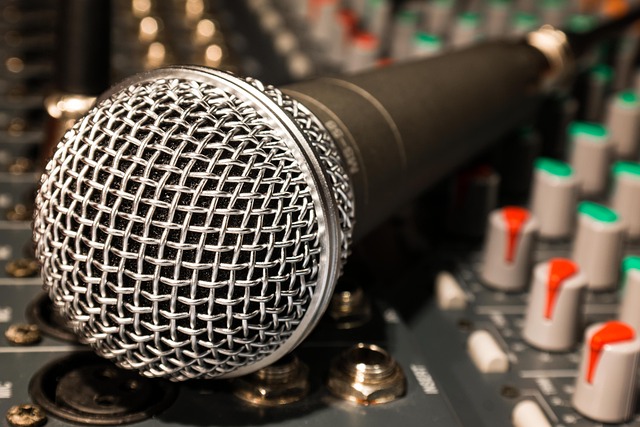Signal Routing Principles for Small Studio Setups
Signal routing is the backbone of any compact studio. Clear signal flow reduces noise, simplifies mixing and mastering tasks, and helps you use plugins and hardware efficiently. This article outlines practical routing strategies suited to small spaces and common DAWs.

Signal routing defines the path audio takes from source to output. In small studio setups, thoughtful routing prevents latency, reduces signal noise, and speeds up mixing, mastering, and editing workflows. Whether you work on beatmaking, composition, or recording vocals and instruments, routing decisions shape how monitoring and acoustics interact with your DAW, plugins, and hardware. This overview focuses on practical principles you can apply immediately to tighten sessions and improve clarity across the production chain.
How does routing affect recording and monitoring?
Recording and monitoring are the first stages where routing choices matter. Use direct monitoring on interfaces to avoid round-trip latency, and keep track sends separate from the main recording bus to prevent bleed. Route mic and instrument preamp outputs to clean, dedicated tracks in your DAW and create low-latency monitor mixes for performers. Account for room acoustics by sending control-room feeds through monitoring channels with corrective processing only where necessary, keeping the recorded signal dry when you intend to reprocess during mixing.
What routing choices matter for mixing and mastering?
During mixing, create a logical bus structure: group similar tracks (drums, bass, synths) into subgroup buses and route those to a stereo mix bus. Apply plugins on buses for cohesive processing, and reserve the master bus for subtle mastering touches. Use auxiliary sends for parallel compression and effects so you can blend wet/dry without altering original routing. Proper gain staging across buses prevents clipping and preserves headroom for later mastering, and consistent labeling helps recall complex mixes.
How to organize routing inside your DAW for editing and automation?
A clear DAW routing scheme speeds up editing and automation. Name tracks, color-code groups, and route temporary stems to dedicated output tracks for offline editing. Place automation lanes on the same tracks as the audio they control to avoid confusion; route plugin parameters through automation buses when multiple tracks share modulation. Use folder tracks or VCA masters where available to control levels without changing underlying routings. Keep the edit bus separate from the monitoring bus to prevent accidental output changes during arrangement passes.
How to route for beatmaking, synthesis, and sampling?
Beatmaking workflows benefit from routing that isolates rhythmic elements. Route drums and percussion to a dedicated drum bus with parallel processing sends for transient shaping. Synthesis and sampling instruments often produce multiple outputs—route individual synth layers or sampled elements to separate channels for targeted EQ, compression, and effects. Use send-return chains for shared reverbs or delays so textures remain consistent without duplicating plugin instances. When layering, maintain clear routing to mute or solo elements quickly during arrangement.
How should arrangement and composition guide signal flow?
Arrangement decisions often dictate routing flexibility. As parts are added, route recurring elements to instrument buses to simplify automation of arrangement-wide changes like buildups or drops. Consider sending stems to separate outputs for stem-based workflow later in mastering or collaboration. Composition-level routing—such as routing motif variations to a single bus—lets you apply global processing that preserves the relationship between parts. Planning routing around your arrangement reduces the need for intrusive edits and keeps sessions organized for future revisions.
Which plugins, hardware, and monitoring tweaks aid routing?
Select plugins and hardware with routing in mind: multi-output virtual instruments, interfaces with flexible cue mixes, and controllers that map to buses improve hands-on routing. Use insert effects when you need exclusive processing, and sends/returns for shared spatial effects. Calibrate monitoring levels and position monitors relative to room acoustics; route room correction plugins only into the monitoring chain rather than the recording signal to retain raw track integrity. Maintain a simple hardware chain—preamp → interface → DAW → monitor controller—to minimize unexpected routing paths.
Conclusion
Consistent, well-documented routing is a time-saver and a quality safeguard in small studios. By separating recording, monitoring, mixing, and master chains; using buses and sends sensibly; and keeping arrangement-driven routing in mind, you create sessions that are easier to mix, quicker to edit, and more reliable when collaborating. Apply these principles in your DAW and hardware setup to reduce technical friction and let creative work focus on composition, beatmaking, synthesis, sampling, and performance rather than signal troubleshooting.






